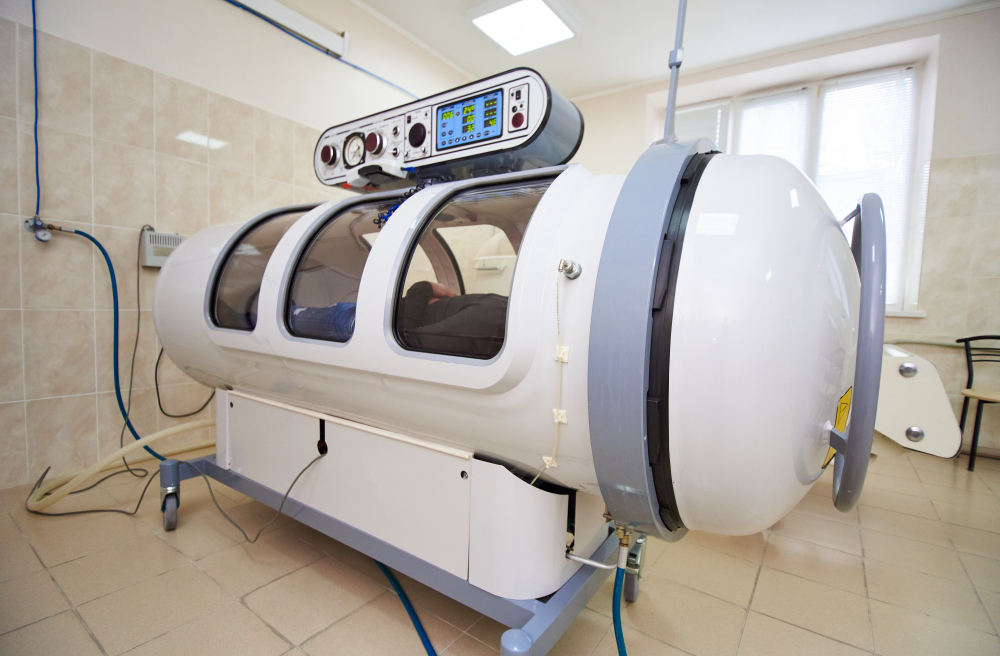
Cancer treatment is physically and emotionally demanding. While modern therapies such as chemotherapy, radiation, immunotherapy, and surgery have improved survival rates, they often come with challenging side effects that impact a patient’s quality of life. This is where Hyperbaric Oxygen Therapy (HBOT) is emerging as a supportive, non-invasive therapy that may help enhance healing, reduce discomfort, and improve overall well-being during and after cancer treatment.
HBOT involves breathing 100% pure oxygen in a pressurized chamber, which increases oxygen concentration in the blood and tissues. According to multiple clinical centers and emerging protocols—including insights from National Hyperbaric, RGCI & RC, and reports on new integrative cancer approaches—HBOT is gaining recognition as a complementary therapy in oncology.
In this article, we explore the top benefits of HBOT for improving the quality of life in cancer patients, backed by reputable sources and aligned with reader intent.
Radiation therapy, while effective at targeting cancer cells, may cause long-term tissue damage in healthy areas. Patients commonly experience:
According to National Hyperbaric, HBOT is one of the most established treatments for radiation-induced tissue injury. The increased oxygen supply stimulates:
For many cancer survivors, HBOT can significantly reduce pain and improve mobility, directly enhancing quality of life.
Surgical tumor removal often creates wounds that need optimal oxygen levels to heal effectively. However, cancer patients may experience slower healing due to:
HBOT enhances wound recovery by:
Hospitals and cancer institutes such as RGCI & RC list HBOT as an upcoming supportive technology in postoperative healing. This helps patients regain strength sooner and reduces complications.
Chronic fatigue is one of the most debilitating symptoms experienced during cancer treatment. Hyperbaric oxygen helps improve:
Many patients report improved vitality and reduced exhaustion after consistent HBOT sessions. The therapy supports the body at a cellular level, helping patients feel more energized and capable of performing daily activities.
Cancer itself and its treatments can trigger chronic inflammation, nerve pain, and tissue swelling. HBOT has natural anti-inflammatory and analgesic effects. It works by:
According to emerging integrative protocols discussed on HBOT News, HBOT may help modulate the tumor microenvironment and reduce discomfort associated with certain therapies (note: some combinations, such as ivermectin + HBOT, are experimental and not part of standard medical guidelines).
For patients, decreased pain translates into a better quality of life and improved emotional well-being.
Cancer patients often deal with weakened immune systems caused by chemotherapy, radiation, and the cancer itself. HBOT enhances immune health by:
Enhanced immunity means fewer infections, better treatment tolerance, and an overall improvement in resilience.
Many cancer survivors experience “chemo brain”—cognitive difficulties, including memory issues, poor concentration, and confusion. Studies suggest that HBOT can support neurological recovery by:
Patients often report sharper thinking, better focus, and improved emotional balance after consistent therapy.
Cancer cells often thrive in low-oxygen (hypoxic) environments. HBOT addresses this by supersaturating the body with oxygen, supporting healthy cells and tissues. Increased oxygen:
According to RGCI & RC, HBOT is considered an “innovative healing technology” because of its regenerative benefits across multiple systems of the body.
Living with cancer is emotionally overwhelming. HBOT sessions can contribute to mental restoration by:
Patients often describe the chamber experience as relaxing and rejuvenating, which contributes positively to emotional health.
While HBOT is not a cure for cancer, some research and emerging integrative protocols (such as those discussed on HBOT News) suggest potential synergy with other therapies. HBOT may help:
Medical experts caution that these protocols should always be supervised by qualified professionals, and some experimental combinations require more evidence. However, the potential supportive benefits are promising.
Even after successful cancer treatment, survivors may suffer from:
HBOT’s regenerative and restorative effects help address these long-term challenges. By improving oxygenation, cellular repair, and overall functionality, it supports a smoother and more comfortable recovery journey.
Hyperbaric Oxygen Therapy is steadily gaining recognition in cancer care for its ability to improve quality of life—not by replacing conventional treatments, but by supporting the body’s healing processes. From reducing radiation side effects to boosting energy, improving cognition, and enhancing emotional well-being, HBOT offers a wide range of benefits.
Reputable medical centers like National Hyperbaric and RGCI & RC highlight HBOT as an emerging tool in holistic oncology support. While some advanced protocols mentioned in HBOT News are still experimental, the overall therapeutic value of HBOT in improving patient comfort and recovery is well established.
For any cancer patient seeking supportive therapies, HBOT may be a valuable addition to their personalized care plan—always under the guidance of qualified medical professionals.